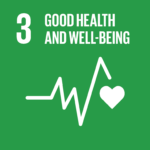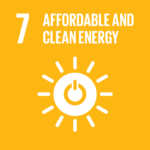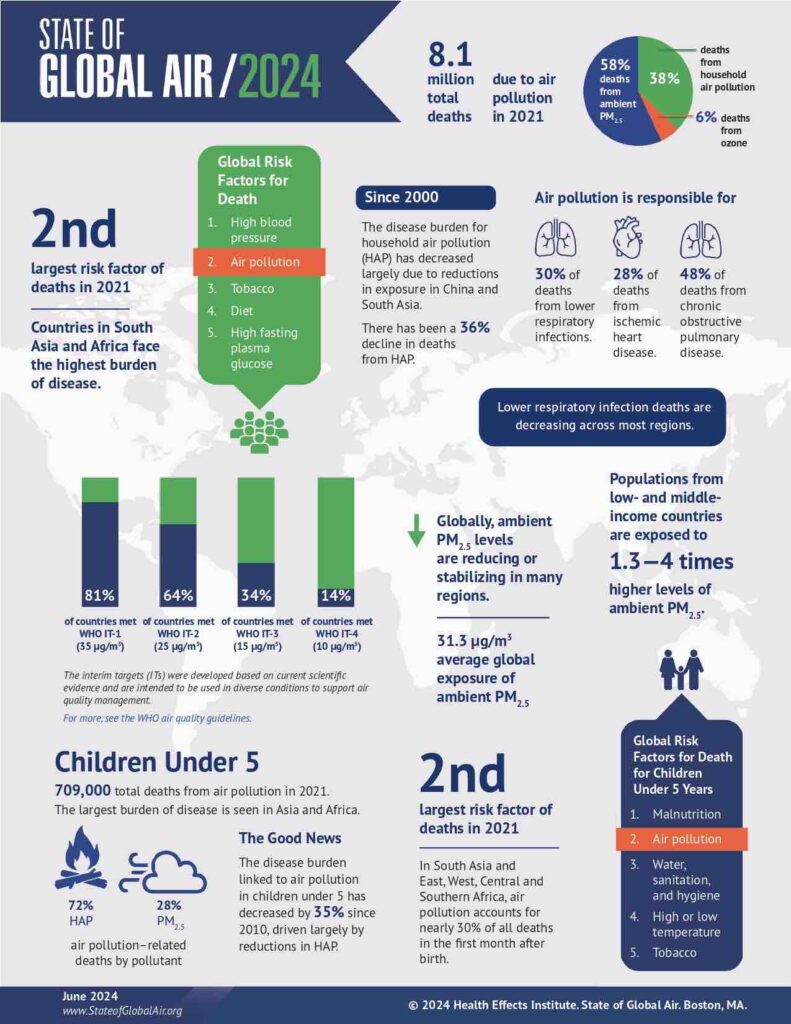The report breaks down these deaths: 58% attributed to fine particulate matter (PM2.5), 38% to household air pollution, and the remainder to ozone. India, Nigeria, and Pakistan recorded the highest number of child fatalities among the reported cases.
In a startling revelation, air pollution has emerged as the second leading cause of death globally, surpassing tobacco use and trailing only high blood pressure. This alarming fact comes from the State of Global Air (SOGA) report, released on June 18 by the Health Effects Institute (HEI), with support from UNICEF.
The independent U.S.-based nonprofit research organization’s findings paint a grim picture: air pollution claims approximately 8.1 million lives annually, with a staggering 2,000 children under five dying every day – equating to one child every minute.
RELEVANT SUSTAINABLE GOALS



State of Global Air (SoGA) Report 2024
In a tragic shift, dirty air has overtaken poor sanitation and lack of clean water as the second biggest health risk factor for young children worldwide. While the annual toll of 700,000 child deaths is alarming, it represents only a fraction of the total lives lost to air pollution in 2021.
The report breaks down these deaths: 58% attributed to fine particulate matter (PM2.5), 38% to household air pollution, and the remainder to ozone. India, Nigeria, and Pakistan recorded the highest number of child fatalities among the reported cases.

Drawing on data from the Global Burden of Diseases study, the SOGA report offers a comprehensive analysis of how pollutants like PM2.5, household air pollution, ozone, and nitrogen dioxide impact human health globally. The study, covering over 200 countries and territories, indicates that nearly every person on Earth breathes unhealthy air daily.
Children in low-income countries bear the brunt of this crisis. The mortality rate due to air pollution among children under five is a staggering 100 times higher in East, West, Central, and Southern Africa compared to high-income nations. Over 70% of these deaths are linked to household air pollution from burning dirty fuels and solid-fuel stoves.
COST OF AIR POLLUTION
The World Health Organization reports that less than 1% of the world’s regions have safe air pollution levels. People in low and middle-income countries face 1.3 to 4 times higher exposure to severe PM2.5 pollution.
Fossil fuels emerge as a primary culprit, contributing over 75% of global greenhouse gas emissions and nearly 90% of all carbon dioxide emissions.
The report highlights the deadliness of PM2.5 particles, which cause 9 out of 10 deaths across all age groups. These microscopic particles, 20-28 times smaller than a human hair, can penetrate deep into the body, increasing risks of various diseases and even affecting fetal development.
China and India lead in air pollution-related deaths, each recording four deaths per minute in 2021. Together with countries like Pakistan, Bangladesh, Indonesia, Nigeria, Egypt, Myanmar, Vietnam, and the Philippines, they account for about 70% of global air pollution deaths.
Despite these sobering statistics, there’s a silver lining: since 2000, the air pollution-related mortality rate for children under five has decreased by 53%. This progress is attributed to advancements in clean cooking energy, improved healthcare and nutrition, and increased awareness about toxic pollutants.
As the world grapples with this invisible killer, the SOGA report serves as a crucial wake-up call, emphasizing the urgent need for global action to combat air pollution and protect public health.
You may also be interested in :
Right to Clean Air: 5 Strategic Actions For Cities To Ensure Everyone Breathe Clean Air


